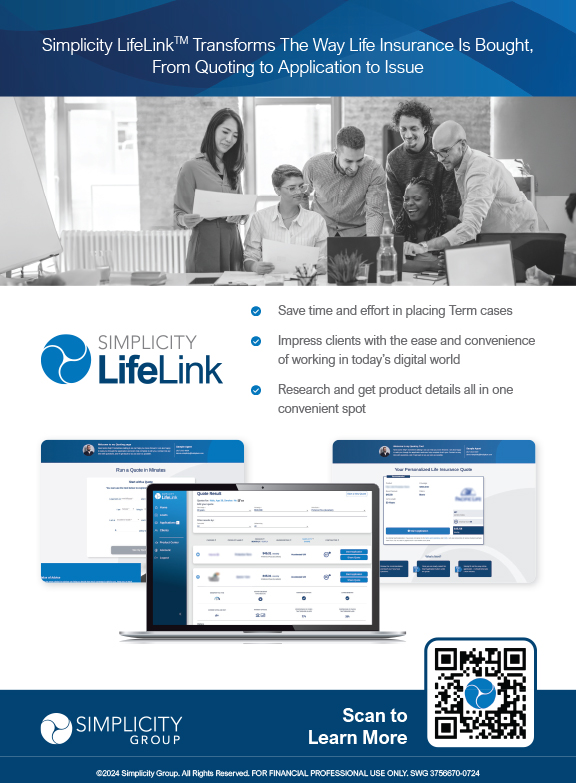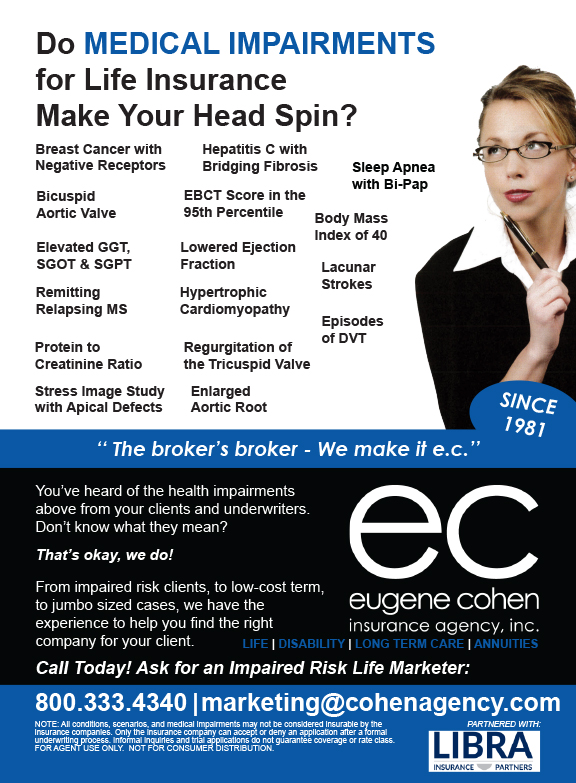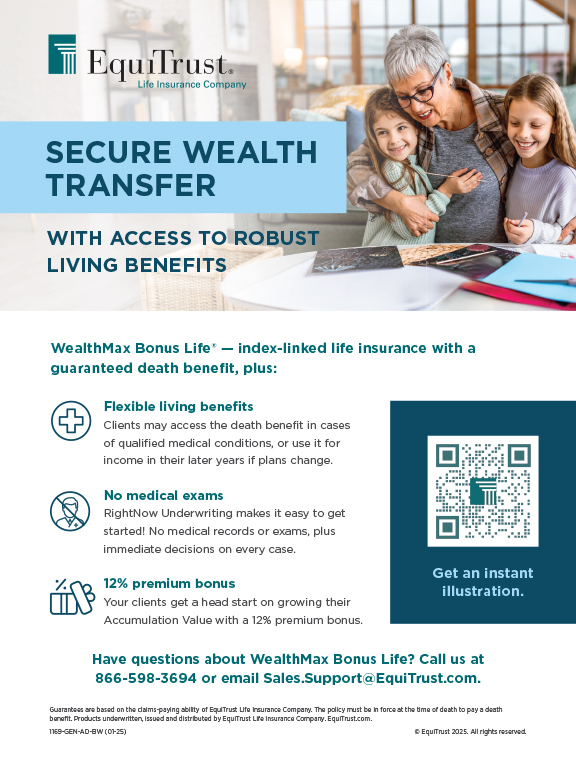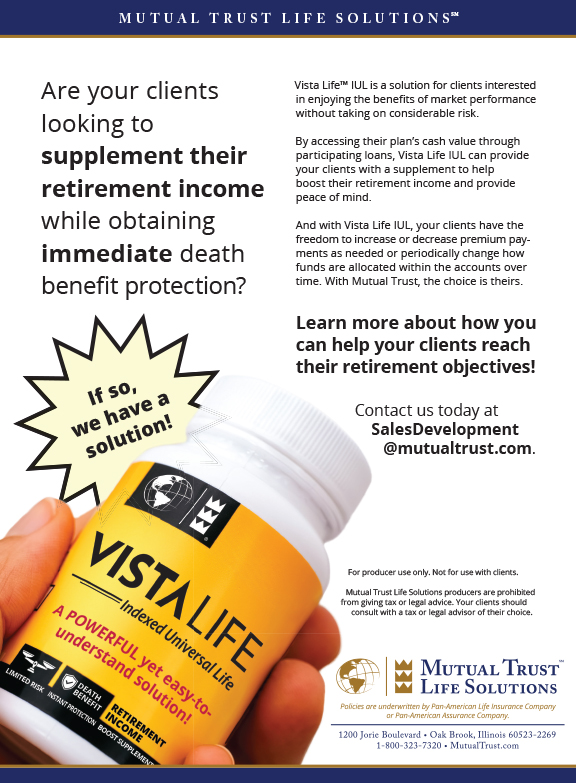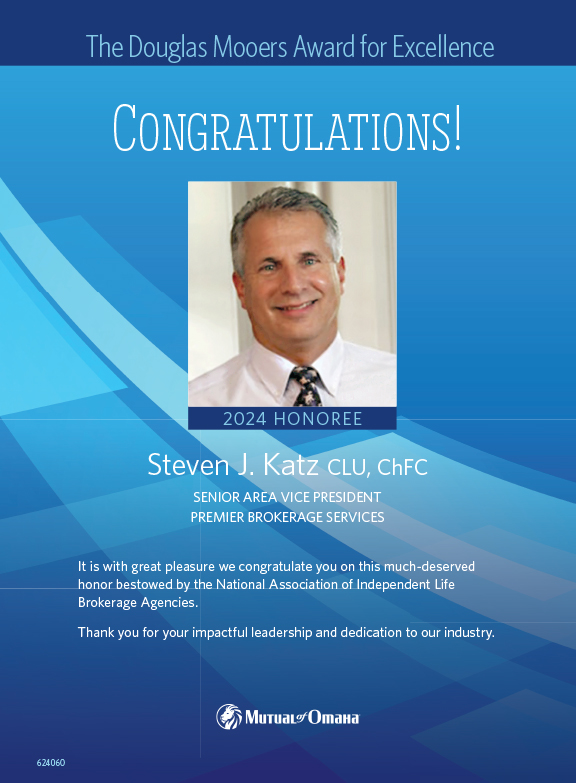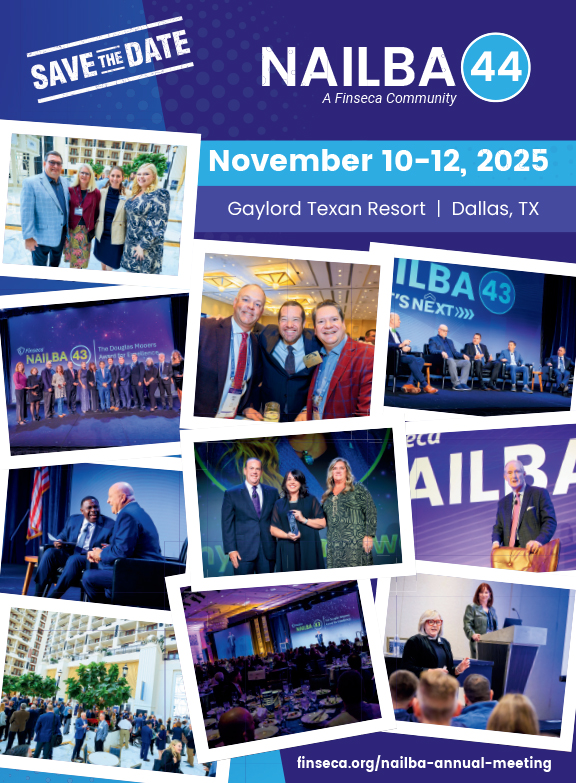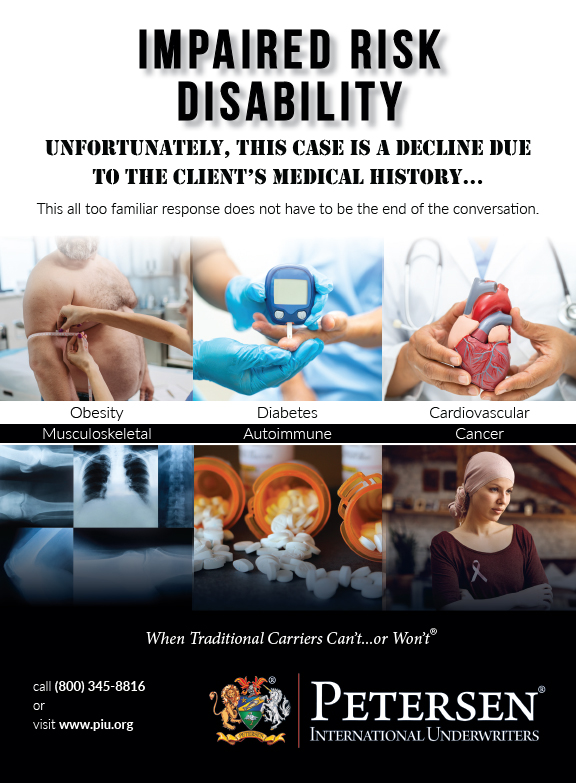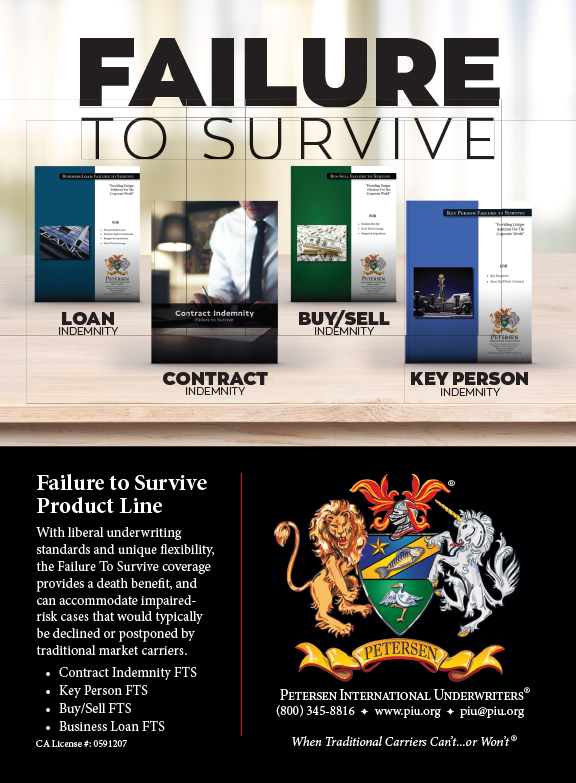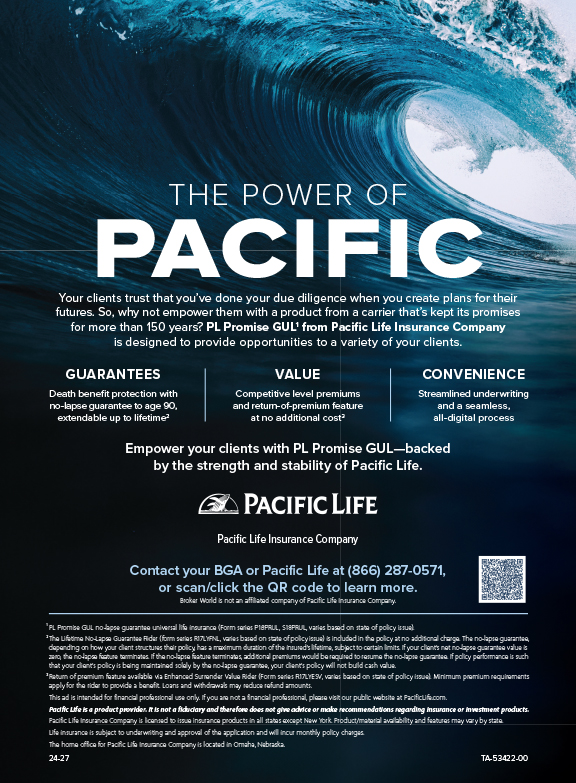Here we are nearing the end of the first quarter of the new year and I’m sure many of you are thinking: How do I get my pipeline going?
I want to share a little about my background before launching into the topic at hand. I’ve been in the business for 32 years. While it’s been an interesting journey, nothing has been more of a challenge than returning to full-time personal production five years ago. I think I might be one of the rare birds who worked for almost 20 years in home office jobs and then successfully transitioned back to becoming a full-time personal producer at the MDRT level.
In the late 1980s I was fortunate to be hired as the director of marketing for John Hancock’s retail long term care division. I have a college degree-not in marketing, but in music education-not much help in knowing how to create a marketing plan!
I got to John Hancock after having some success working leads and selling long term care insurance for Amex Life earlier in 1988. At John Hancock, I quickly realized that trying to teach old dogs new tricks was going to be a challenge, so I developed a sales process that eventually became known as the “Fast Start” program. It was a system that addressed every aspect of the sales process for LTC insurance from beginning to end. In order to make a sale in front of a prospect, I developed a scripted seven-step sales process. However, a producer had to get in front of a prospect before he could use this seven-step sales process. The art and science of getting in front of a prospect is really where the rubber met the road.
We used a call-mail-call system in the days before the Do Not Call (DNC) regulation, and it was a system that worked like a charm! Today that same selling system would be almost impossible to implement since most people are on DNC lists, have caller ID showing up on their television, or are simply using cell phones instead of land lines. Yet that doesn’t mean there is no way to get a real prospecting and marketing system together that can be exceptionally useful and lead to great success today.
Let’s face it, without a real system for getting in front of new prospects each week, we’re out of business. The problem is that most field marketing organizations, independent marketing organizations and brokerage general agencies don’t teach the “ins and outs” of developing a real lead generation system. If they do, there’s very little being taught on the A-to-Z process of making it predictably successful.
Through much painful trial and error, what I have found is that using generic sales leads for direct mail marketing is still the one sure method I can count on to get in front of prospects on a regular basis. But it’s much more than that.
You must treat your lead system like the most important part of your business and you must have a systematic way of handling and tracking each and every lead to include measuring your cost of sales every month.
So what is a “generic” lead? A generic lead begins with a mailer that addresses several concerns a senior adult might have. It may reference tax deferral. It might discuss long term care. It might talk about saving taxes on Social Security or avoiding probate. In fact, lead cards that I mail have five or six of these items all on the same card.
The magic with this approach is that you will typically get a much higher response rate than a product-specific lead card. The challenge, however, is that you must have a detailed process to handle the leads when they are returned to you.
Here are some of the complaints I hear from agents who have tried to use lead lists:
• They didn’t remember sending in the card.
• They just wanted me to mail them the information.
• They weren’t interested.
• They weren’t there when I got there.
• They had no money.
• They were lousy prospects.
• I couldn’t get them on the phone.
• These leads just plain stink!
Sound familiar? When I first started ordering lead lists and trying to “work” them, I said every one of those things. So I came to the conclusion that I had two choices-to stop buying them or to figure out a way to make them work.
Fortunately, I chose the second option, but not without a lot of experimentation and help from some great folks I’ve met since returning to personal production.
Eventually I was able to develop a system that has returned extremely profitable results. What’s even better is that I know that I will never be out of business because this system works-if I stick to it!
In 2011, we did a substantial amount of business using generic direct mail. We also tried several additional marketing systems because I like to experiment, but the fact is that our return on investment with generic leads was off the charts.
We sell mostly fixed and fixed indexed annuities; life insurance (indexed life, universal life and final expense); long term care; as well as Medicare supplement and Medicare Advantage plans to the pre-retired and retired. We know who our best prospect is, we know what to expect from a revenue standpoint, and we know what our results will be every time we mail.
By now you’re probably thinking, so what’s the secret?
The secret is that it’s all tied together. The marketing and sales process we use today is very much like the one I developed at John Hancock for long term care insurance so many years ago. Now, instead of just looking for LTC insurance prospects, I look for prospects that fit the demographic that I feel most comfortable working in.
Once we receive a lead card, it goes into our system and we work every single lead the very same way. Here are the steps in our system and what you need to develop to create one of your own.
1. We have an identified market: age, income and geography.
2. We have three specific leads and several postcards that we mail to the same people.
3. We have a specific telephone approach. This is enhanced through the use of our reliable business telephone system. You can learn more about business telephone systems by doing some research into sip trunking providers.
4. We have a very specific way to confirm the appointment and we never get “porched.”
5. We have a specific “deliverable” for the first meeting that gives us tremendous credibility.
6. We have a specific flip chart sales presentation (not in PowerPoint) for point-of-sale that is in a very attractive leather bound presentation book, with a script.
7. We have the same presentation in PowerPoint for use at workshops and seminars.
8. We have a specific objective for the first meeting, which is the answer to a yes-or-no question to sort our prospects into likely clients and tire kickers. We schedule second meetings only with the prospects who will likely turn into clients.
9. We have a simple but specific fact-finder that we use at all first meetings.
10. We have a process for finding out which products might best fit which client.
11. We have a specific follow-up letter and thank you process for after the first meeting.
12. We have a specific presentation method for the second meeting.
13. We have a process for handling applications and delivery.
14. We have an annual review process for each client.
15. We have alternative follow-up drip material for prospects who didn’t buy but who we think are still attractive prospects for the future.
16. Most important, we have a tracking system so that we know what all of our critical success ratios are: responses, appointments, second appointments, sales, revenue per sale, average cost per sale, and profit! Of course we track the average cost per lead, but that is nowhere near as important as the average cost per sale.
Our results are that in 2011 we believe we qualified for Court of the Table (not official as of this writing) and we spent 7 percent of revenue on lead generation to achieve that result.
The bottom line is this: You must approach lead generation like a business person, understanding that it’s not the type of lead that you use, it’s the process that you employ that will bring success.
Our response rate with generic leads runs from 1.5 to 2.6 percent in our marketplace, which is upstate New York and New England. We track everything very closely so that we know what is working and what needs fixing.
If you follow the outline above and methodically develop a system that does all of these things, you will have a predictable and methodical path to success in 2012! Heck, it even works for an old, home office dog like me!
Good luck and good selling!








